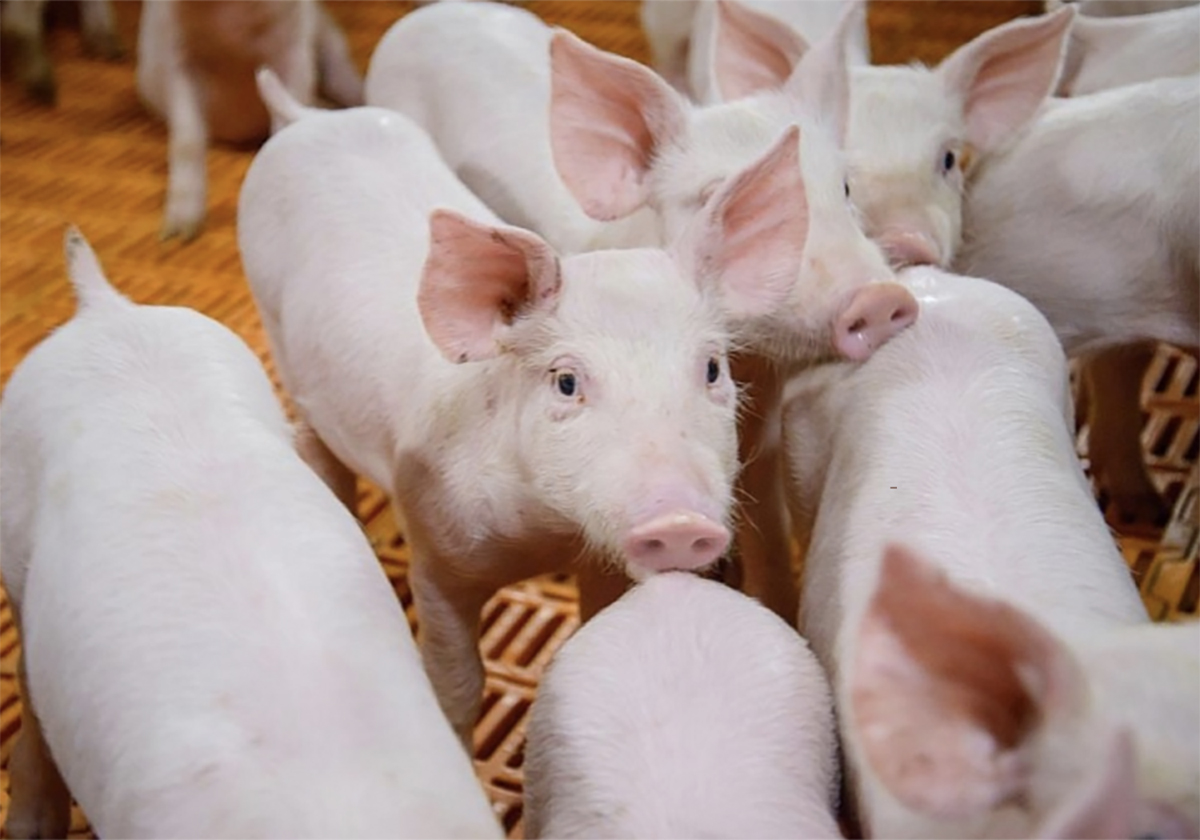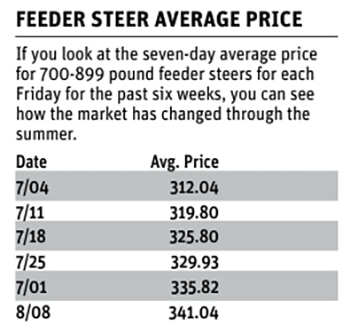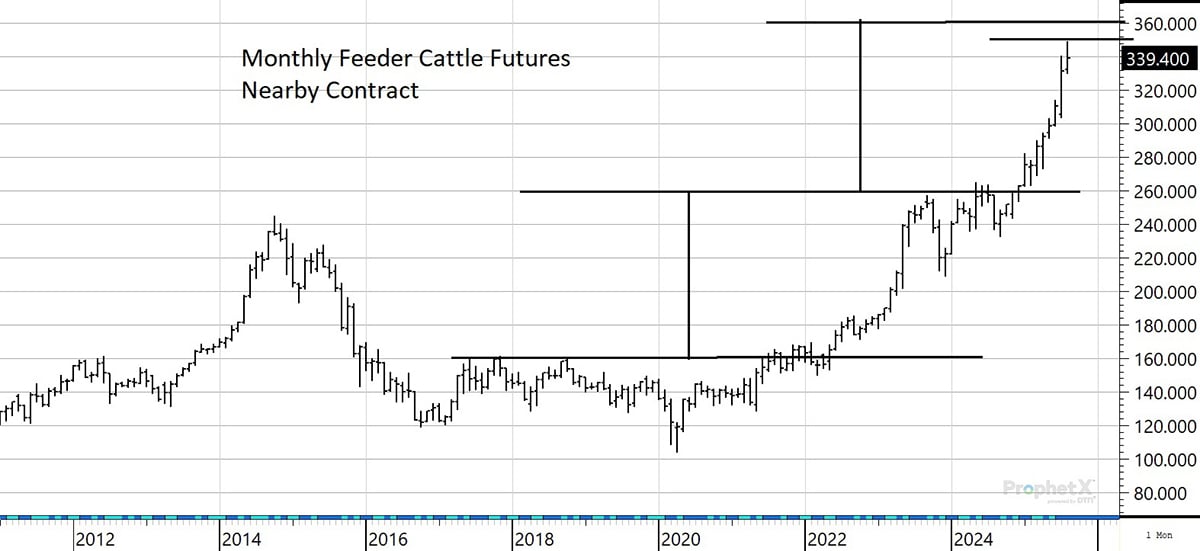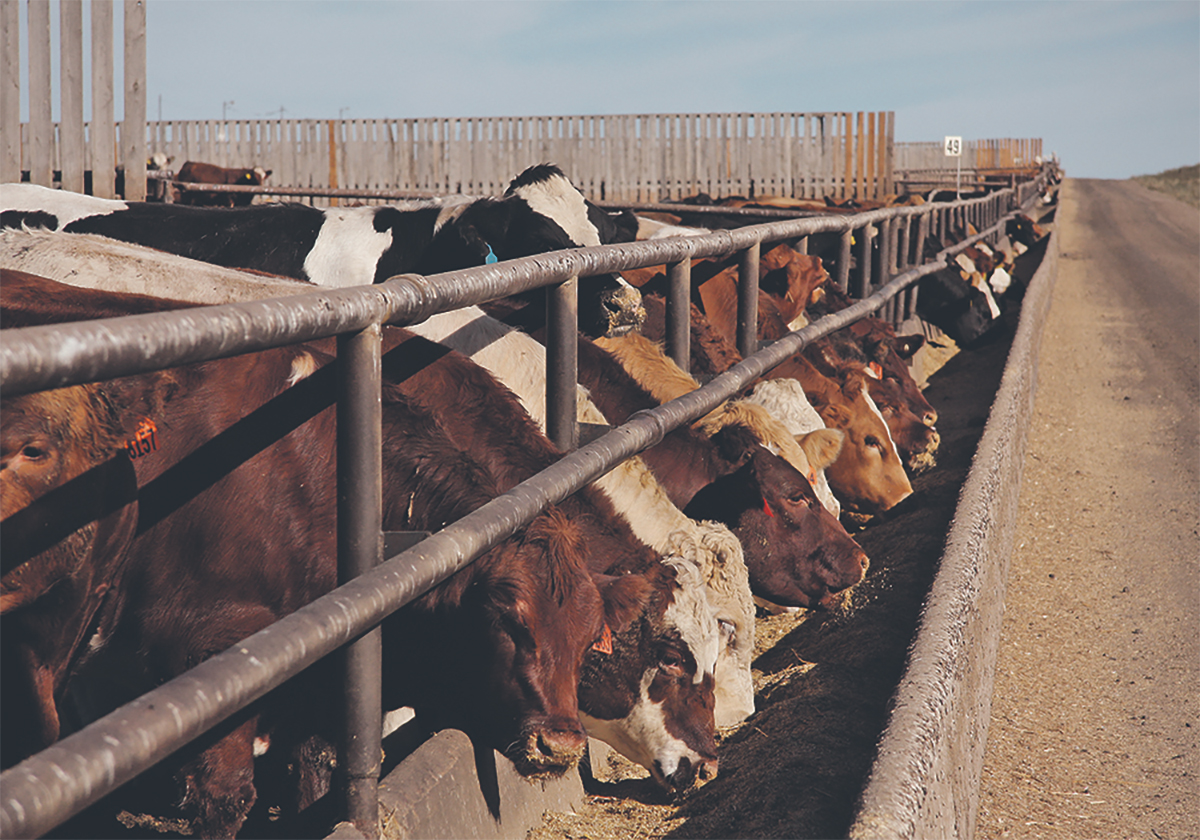For the week ending Aug. 9, western Canadian feeder cattle markets traded $5-$10 higher on average.
Many weight categories notched fresh record highs.
Ontario demand was evident across Western Canada for calves and yearlings.
Read Also

The Western Producer Livestock Report – August 28, 2025
Western Producer Livestock Report for August 28, 2025. See U.S. & Canadian hog prices, Canadian bison & lamb market data and sales insights.
Finishing feedlots in southern Alberta were trying to secure yearling packages, but it was very competitive.
The weaker live cattle futures on Aug. 8 may have posed an ominous signal, but feedlot operators basically shrugged futures board.
Alberta packers were buying fed cattle on a dressed basis in the range of $500-$505 per hundredweight delivered.
Fed cattle prices have been hovering around $500 for the last four weeks. Using a 60 per cent grading, this equates to a live price of $300 per cwt. Current break-even pen closeouts are in the range of $275-$285 per cwt. Feedlot margins remain in positive territory, which is enhancing demand for replacements.

Near Edmonton, mixed steers straight off grass averaging 1,000 pounds traded for $431 per cwt. f.o.b. ranch. The Ponoka market report had mixed steers weighing 975 lb. off pasture selling for $438 per cwt. and tan mixed grasser heifers averaging 940 lb. settling at $423 per cwt.
North of Calgary, larger frame Charolais-Simmental cross steers off grass weighing 840 lb. were valued at $480 f.o.b. ranch.
The TEAM auction report had a pen-sized group of 850-lb. black heifers on light barley and corn silage diet with full processing data quoted at $428 f.o.b. farm south of Calgary.
The Vold Auction’s Northern Calf and Yearling Sale reported a larger group of Charolais-Simmental cross steers averaging 670 lb. trading for $566 per cwt. f.o.b. ranch just north of Grande Prairie, Alta.
Near Drumheller, a pen-sized group of wide-frame, Limousin cross steers averaging 570 lb. broke the psychological $700 level and settled at $701 per cwt. f.o.b. ranch for November delivery on the DLMS auction.
The Vermillion Livestock Exchange market report had 420 lb. steer calves selling for $750 per cwt. and 305 lb. steers reaching up to $822 per cwt.
Canadian prices are reflecting a premium over U.S. values, which has limited Canadian feeder cattle exports to the United States.
In Oklahoma, medium to larger frame steers averaging 1,000 lb. were trading for US$301 per cwt., which equates to C$412 per cwt.
Higher quality steers averaging 570 lb. were quoted at US$404 per cwt., which equates to C$553 per cwt.
Given the Canadian premium over U.S. values, we expect Alberta feedlots to import about 45,000 head of U.S. feeder cattle each month from September through November. The bulk of these feeders will be Holstein crosses.
The U.S. border remains closed indefinitely to Mexican cattle due to the spread of New World screwworm. In a normal year, Mexican feeder cattle exports to the U.S. would average 120,000 head per month.
The U.S. Department of Agriculture released its July 1, Semi-Annual Cattle Inventory Report on July 25. The U.S. cattle herd remains in a contraction phase.
U.S. feeder cattle supplies outside finishing feedlots as of July 1 came in at 34 million head, down 700,000 head from July 1, 2023.
There was no official data for July 1, 2024, due to budget cuts. U.S. feeder cattle supplies outside finishing feedlots were 300,000 head below July 1, 2014.
Statistics Canada will release its July 1 inventory report later in August.
In Western Canada, total yearlings outside finishing feedlots are expected to come in at 1.045 million head, down 63,900 head from July 1, 2024. Calves outside finishing feedlots are forecasted to be down 80,100 head from last year.
Weather conditions have been optimal for crop development in Canada and the U.S. We’re now estimating a barley crop of nine million tonnes, up from 8.1 million tonnes last year.
The U.S. corn crop is now estimated at 410-415 million tonnes, up from 378 million tonnes.
Barley and corn prices have potential to drop $30-$40 per tonne from current levels. We expect the December corn futures to trade in the range of $3-$3.25 per bushel during harvest, which is about $1 per bu. below current levels
Feedlot margins are expected to come under pressure over the next month because market-ready fed cattle supplies are above year-ago levels.
U.S cattle on feed 180 days or more as of July 1 were up 34 per cent from last year. However, dressed weights are up 20 lb. from year-ago levels and up 50 lb. from two years ago.
In Western Canada, feedlots are more current with production as cattle on feed 180 days or more are the same as last year.

Beef demand continues to exceed expectations.
For the week ending Aug. 9, restaurant traffic in the U.S. was running 13-15 per cent above year-ago levels. In Canada, restaurant customer visits were up 27-32 per cent from last year.
Consumer spending at restaurants has been running six to eight per cent above year-ago levels on both sides of the border.
This increase in beef demand from the restaurant sector is very significant. If growth in the U.S. economy starts to soften or disposable income declines, the beef and cattle markets are vulnerable.
The CME composite price is the official cash settlement price for the CME feeder cattle futures at contract final settlement. Figures have been calculated by the CME Group from prices reported by the USDA.
The function of the feeder cattle market is to encourage production and ration demand. At this stage, the cattle herd remains in a contraction phase.
A 1,000 lb. steer at $430 per cwt. equates to $4,300. A 900 lb. dressed carcass is valued at $500 per cwt., or $4,500. Feedlots cannot put 500 lb. on a steer for 0.38 cents per pound.
The cost-per-pound gain for feed and interest costs only is around $1.
The market is rationing demand for the winter and spring periods. Feedlots usually need to endure one full round of negative feeding margins before there is a sizeable downward adjustment in feeder cattle prices.

















